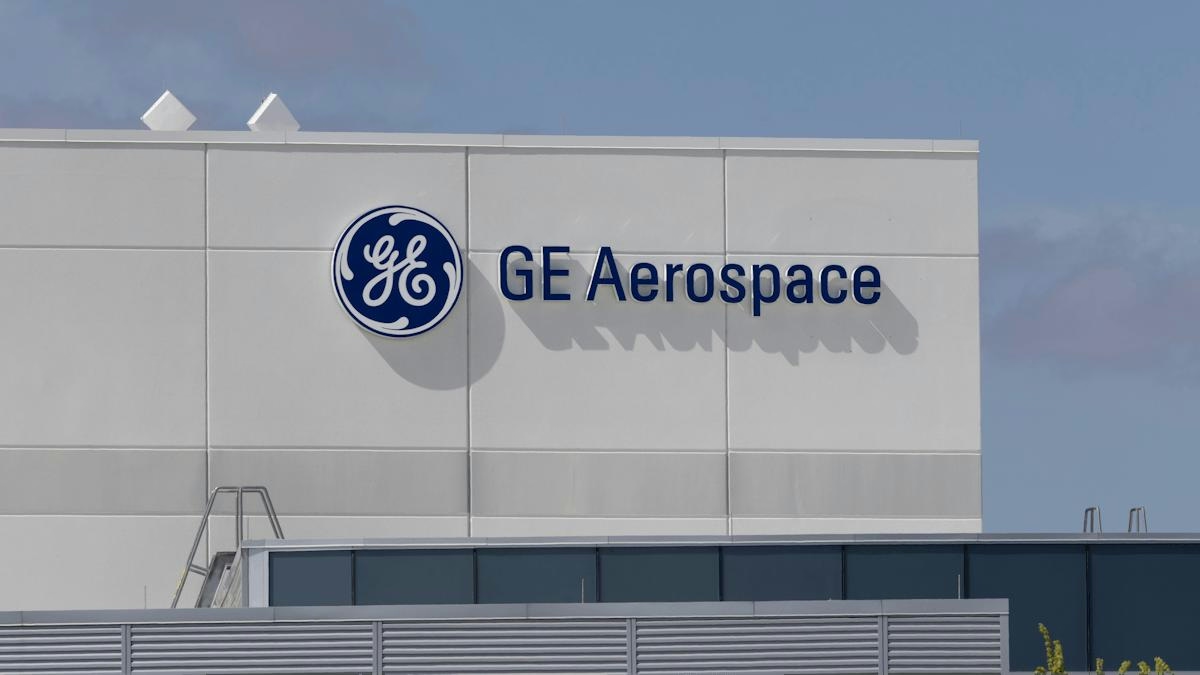
AeroGenie — 您的智能副驾驶。
热门趋势
Categories
Air Canada prepares for a new era with Airbus A321XLR arrival
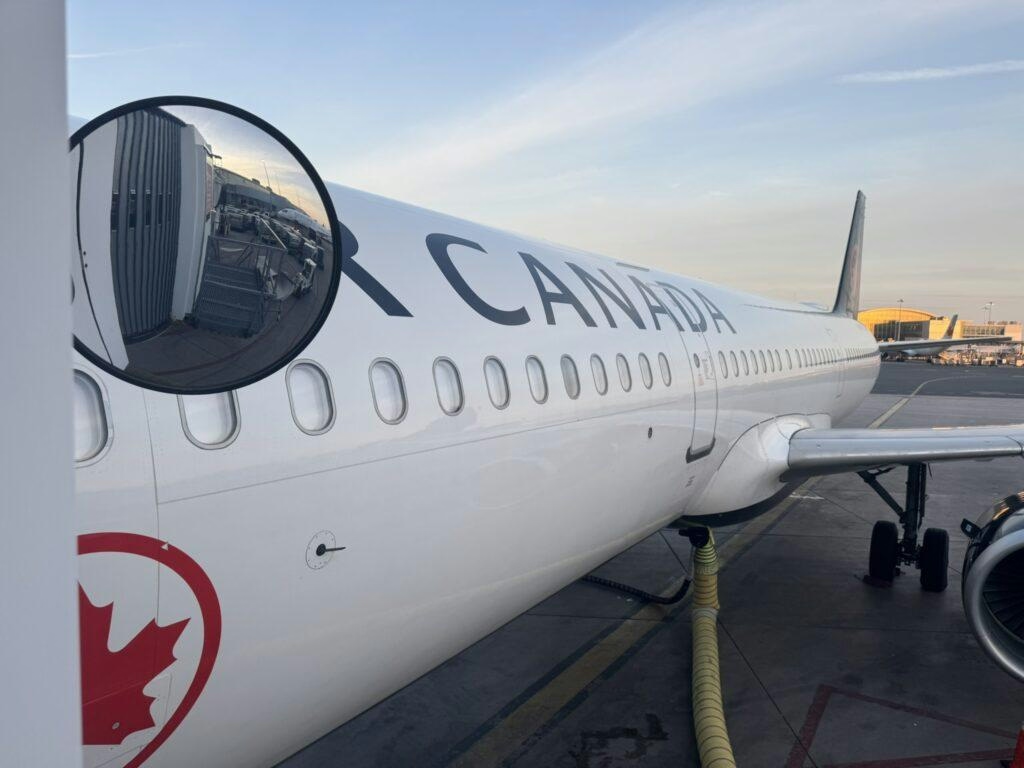
Air Canada Prepares for a New Era with Airbus A321XLR Arrival
Air Canada is poised to embark on a transformative phase with the impending arrival of its first Airbus A321XLR, a development expected to significantly enhance its medium-haul international network and unlock new market opportunities. After years of meticulous analysis by the airline’s network planning team, the delivery of this advanced aircraft, scheduled for early 2026, marks a pivotal moment in Air Canada’s strategic expansion.
Strategic Significance of the A321XLR
Alexandre Lefevre, Vice President of Network Planning – North America and Scheduling, emphasized the importance of the A321XLR to the airline’s future. He described the aircraft as a “turning point” that will enable Air Canada to explore new routes and markets previously inaccessible with its existing fleet. The A321XLR’s extended range and fuel efficiency are central to the airline’s fleet modernization efforts, allowing for direct flights to destinations beyond the reach of traditional narrowbody jets.
Following its delivery, the aircraft will undergo rigorous testing and certification before entering full commercial service by the summer of 2026. This timeline reflects Air Canada’s commitment to ensuring operational readiness and safety as it integrates the new model into its network.
Expanding Network and Operational Challenges
Air Canada has announced that the inaugural A321XLR route will commence in June 2026, connecting Montréal to Palma de Mallorca, a popular Mediterranean destination. Additional routes planned for the summer include flights from Montréal to Toulouse, Dublin, and Edinburgh, thereby broadening passenger options and enhancing convenience on these medium-haul international corridors.
The introduction of the A321XLR, however, presents operational challenges. The airline must adapt pilot training programs and maintenance protocols to accommodate the new aircraft type. Ensuring seamless integration with the existing fleet and operational systems will be critical to maintaining efficiency and service quality.
Competitive Landscape and Market Implications
The arrival of the A321XLR also intensifies competition within the long-range narrowbody segment, as carriers such as IndiGo and Qantas have begun incorporating the aircraft into their fleets. This shift is expected to increase competition on routes serving secondary cities, potentially altering established transatlantic travel patterns.
Despite these challenges, Air Canada views the A321XLR as a strategic asset that will drive sustainable growth and operational flexibility. The aircraft’s capabilities will empower the airline to confidently expand into new markets while reinforcing its presence across the transatlantic corridor.
As Air Canada prepares to integrate the Airbus A321XLR, it positions itself to capitalize on emerging opportunities and adapt to the evolving dynamics of international air travel.

Dassault Aviation and Thales Partner on AI for Future Air Combat
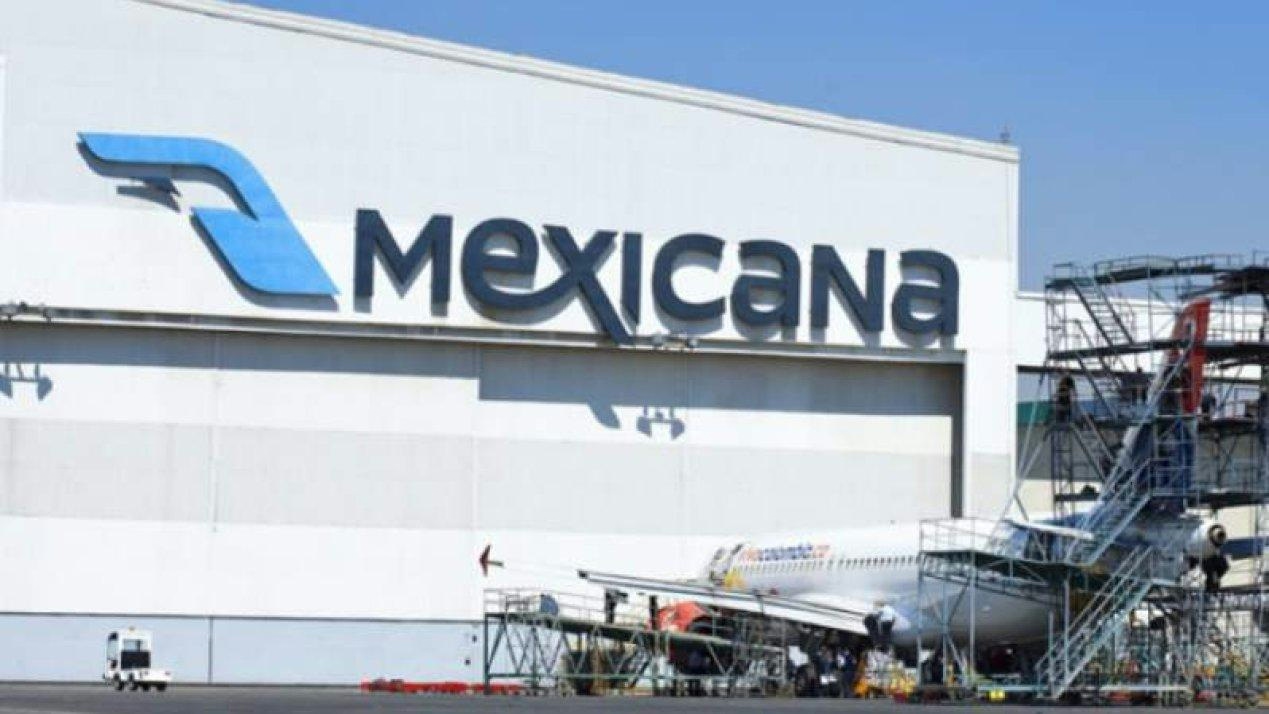
Mexicana MRO Deal Stalls Pending Banorte Extension Approval

Trump's Policy on DEI Raises Concerns Over Aircraft Mechanic Training
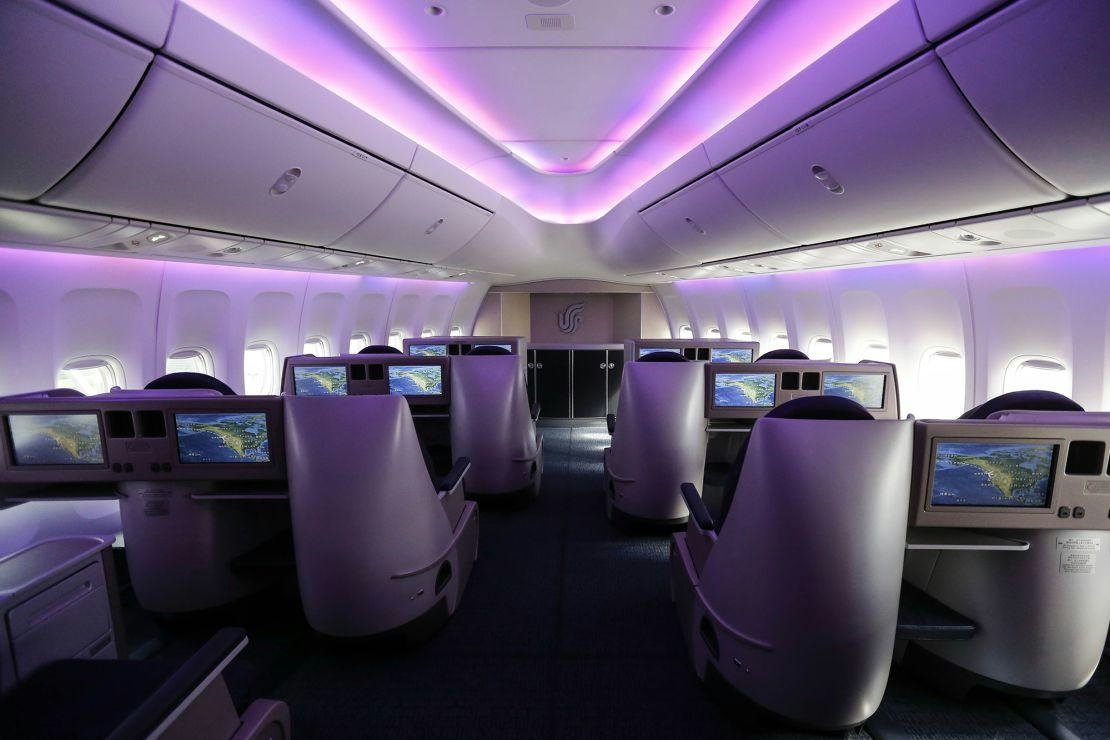
Why Boeing’s 747 Lacks a Full Second Deck Unlike the Airbus A380

Deutsche Aircraft Appoints Ernst-Georg Schröder Manager of Final Assembly Line for D328eco
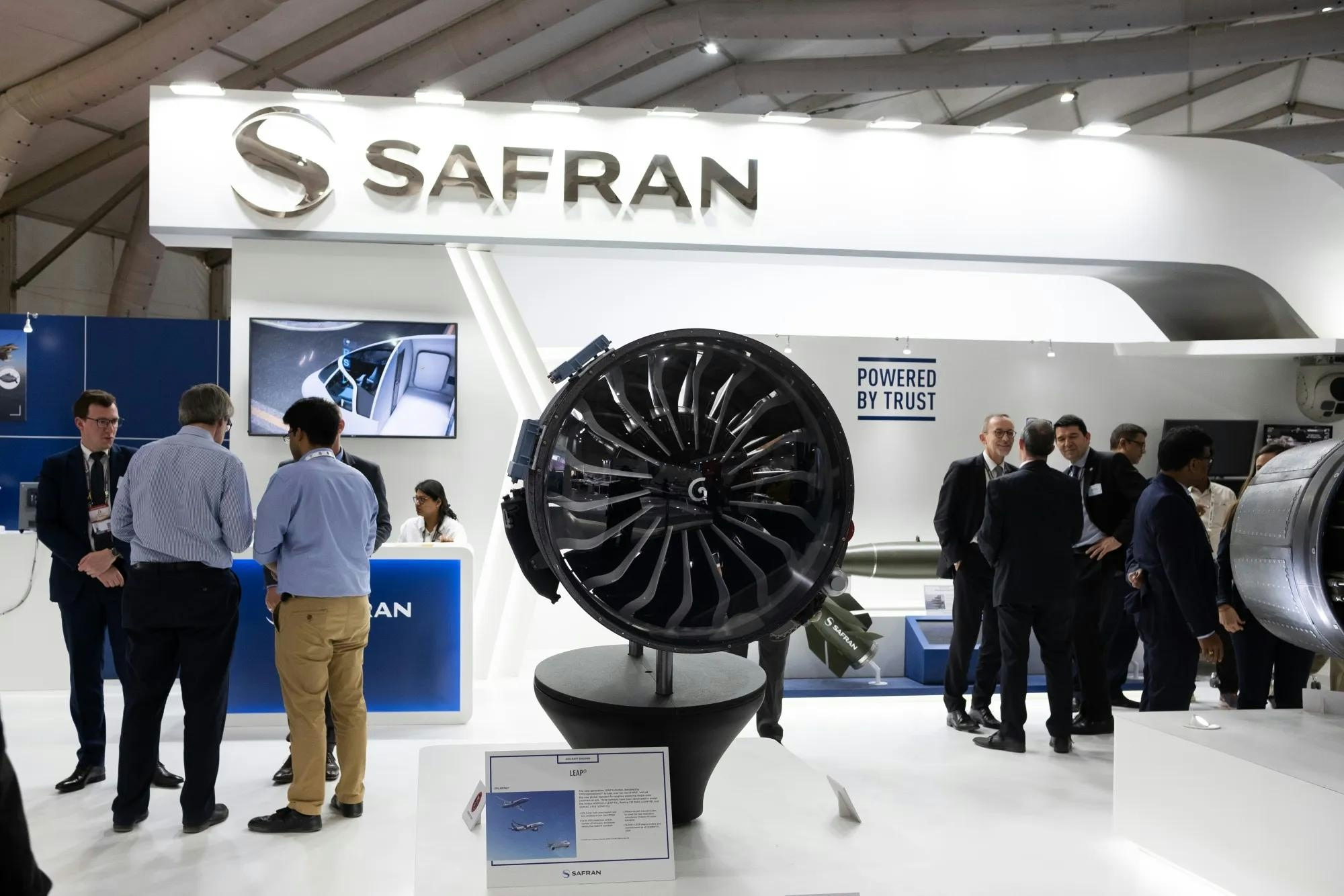
PM to Inaugurate Safran Aircraft Engine Services Facility in India on November 26
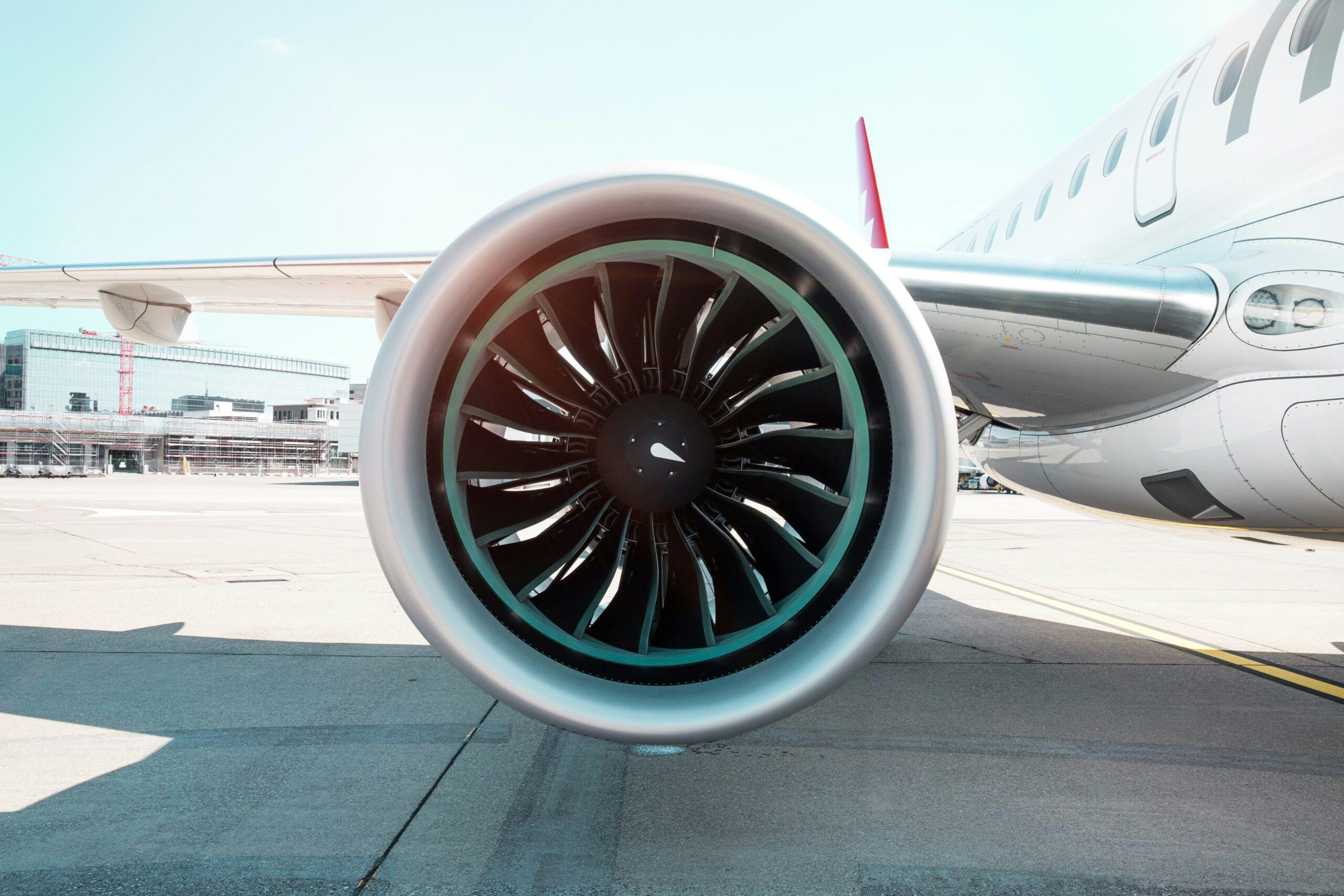
Leading Companies in Aviation Artificial Intelligence: Airbus, Amazon, Lockheed Martin, Tata Power, Thales
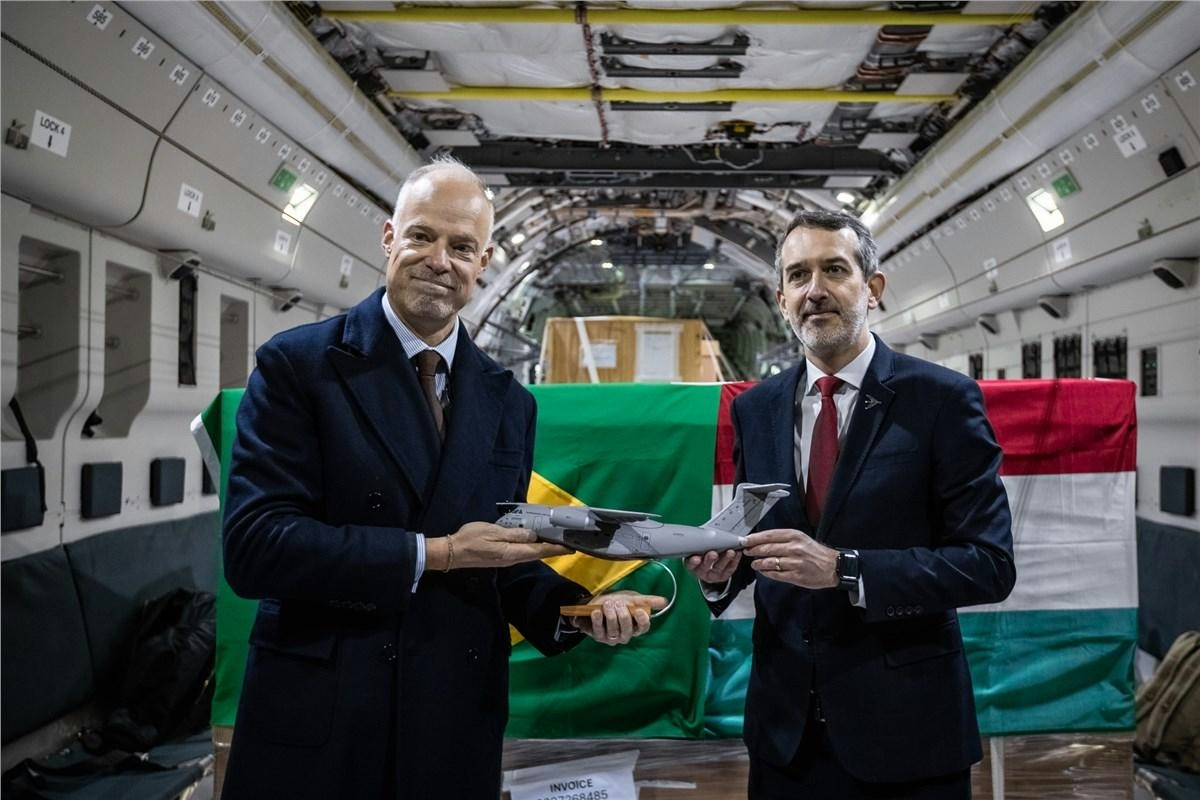
Embraer and ILIAS Partner to Enhance Military Fleet Management
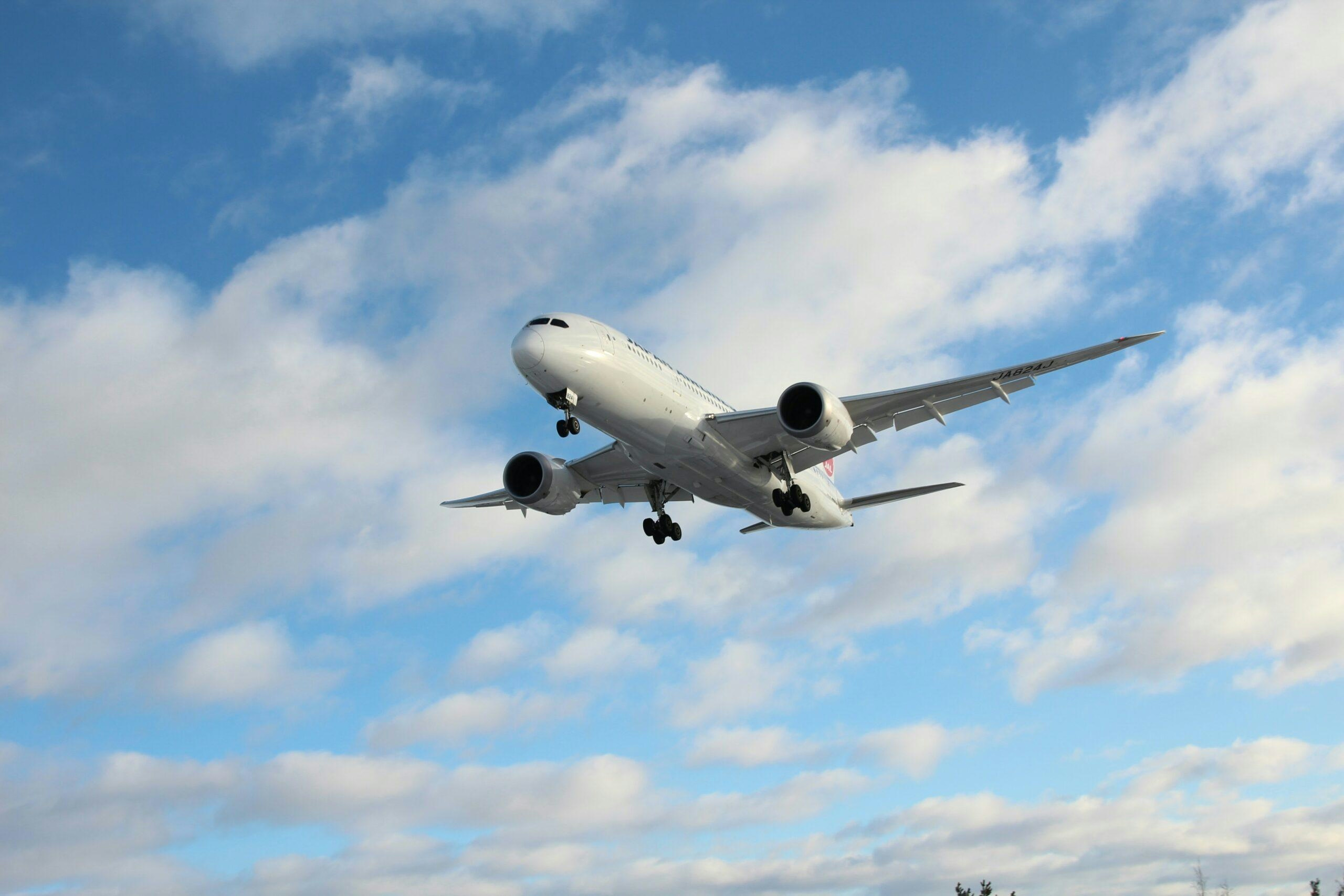
Warburg Pincus Acquires Hong Kong-Based Topcast Aviation Supplies
